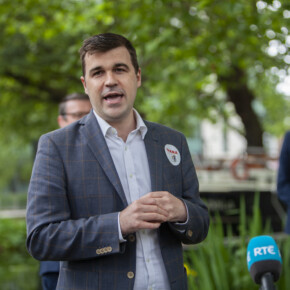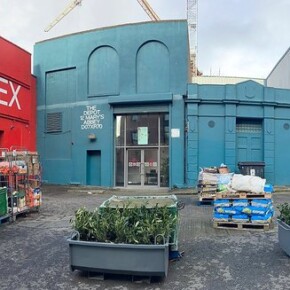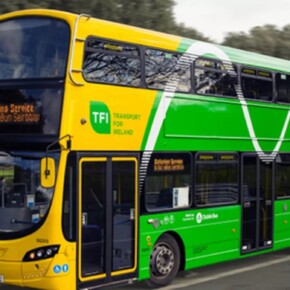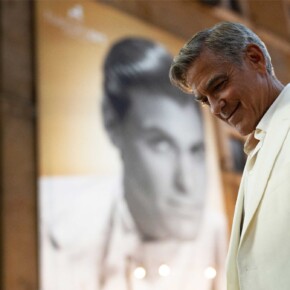Dublin’s firefighting heroes
Dublin People 18 Mar 2016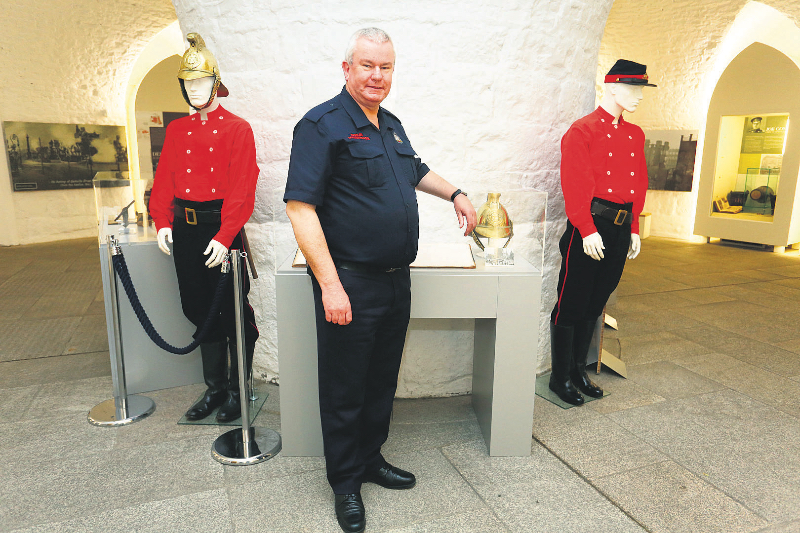
THIS weekend, dozens of celebrations are scheduled around the country to commemorate and celebrate those who lost their lives for Ireland.
The Easter Sunday parade and the reading of the 1916 Proclamation in front of the GPO will garner most of the public’s attention, but national celebrations aside, Dublin City Council has organised several exhibitions to highlight the role the emergency services played in 1916.
Dublin Fire Brigade played a pivotal role during the Easter Rising with firefighters on continuous duty.
To commemorate their efforts the council has a free exhibition at Dublin City Hall that tells the story of the 1916 firefighters.
The exhibition is spearheaded by Dublin Fire Brigade Head of Heritage Projects, Las Fallon.
“Basically the exhibition looks at the role Dublin Fire Brigade played in the Rising,” Fallon told Northside People.
“There are 16 installations in this exhibition and four of them, which in my mind are the most important, tell the stories of individuals like Dennis Fitzpatrick.”
Fitzpatrick was a 16-year-old solider with the Irish Volunteers and the tunic he wore in battle, one of the only Volunteer tunics still in circulation, is currently on display in City Hall.
Fitzpatrick fought in the Four Courts garrison during the Rising before joining Dublin Fire Brigade years later after the Rising and the subsequent Civil War had concluded.
Fitzpatrick would go on to have a long career in Dublin Fire Brigade with his three sons following him into service while his grandson Dan currently serves at Dolphin’s Barn station.
The exhibition also tells the story of Joe Connolly who left Tara Street Station to fight in the Rising after his brother, Sean, was killed by a British Army sniper.
Connolly would return to the Brigade after his release from imprisonment in Frongoch, and later went to lead the DFB as Chief Fire Officer.
The incessant fighting and subsequent looting of Sackville Street (O’Connell Street) sparked a huge number of fires and firefighters became overwhelmed with the destruction of Ireland’s widest street.
The Volunteer tactic of digging tunnels from building to building led to mass devastation as fires spread and buildings crumbled.
“It suited the British Army to let the city burn because it was burning the volunteers out,” added Fallon.
“They had machine guns on the roof of Trinity and the roof of the Rotunda Hospital, Jervis Street hospital, anywhere they could put guns and snipers.
“They were firing these Panzer shells into the city streets. Fires spread because looters had started them, the military helped them with the artillery, but the volunteer tactic of tunnelling from building to building helped the fires spread because they literally had done away with the walls.”
Fallon estimates that nearly 200 buildings burned as a result of the fires with the Brigade having a total staff of just 45 men.
The exhibition is open to the public from 10am to 5pm, Monday to Saturday in City Hall. Panels from the exhibition are currently on display in the Blanchardstown Centre until March 29, after which they’ll be on display in Ballyfermot Civic Centre.
Duplicate panels are available for local exhibitions. Email las.fallon@dublincity.ie for details.
Jack O’Toole


